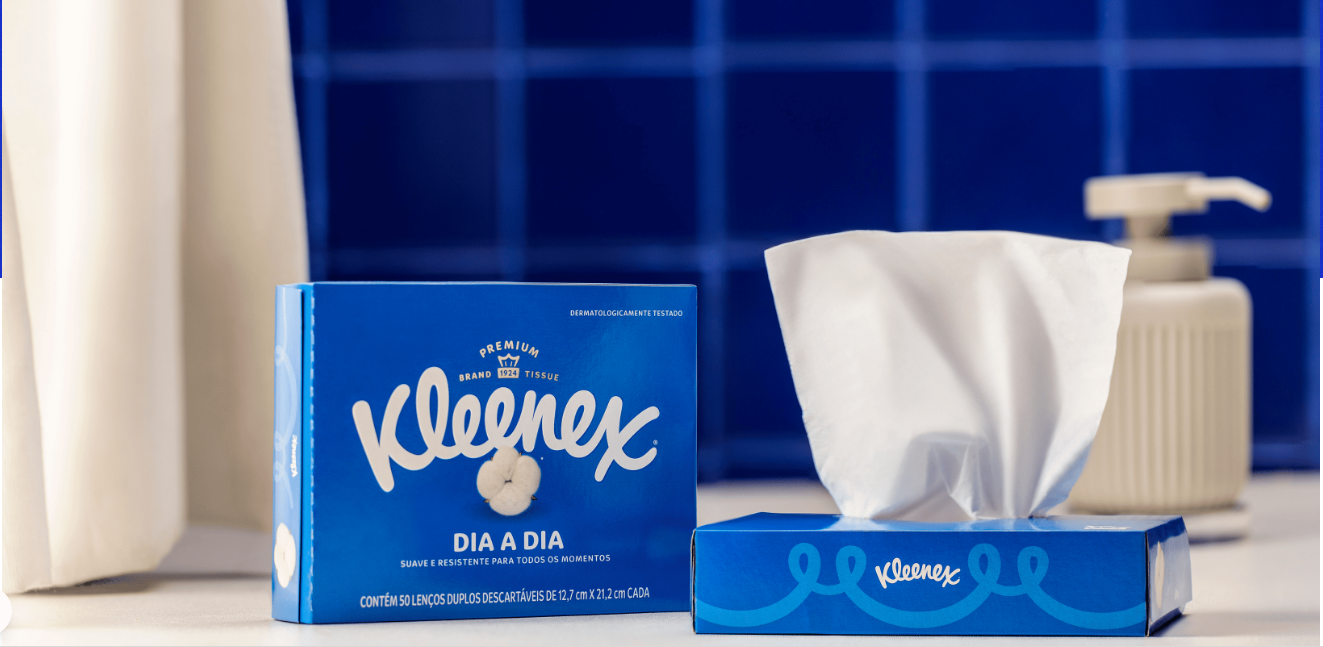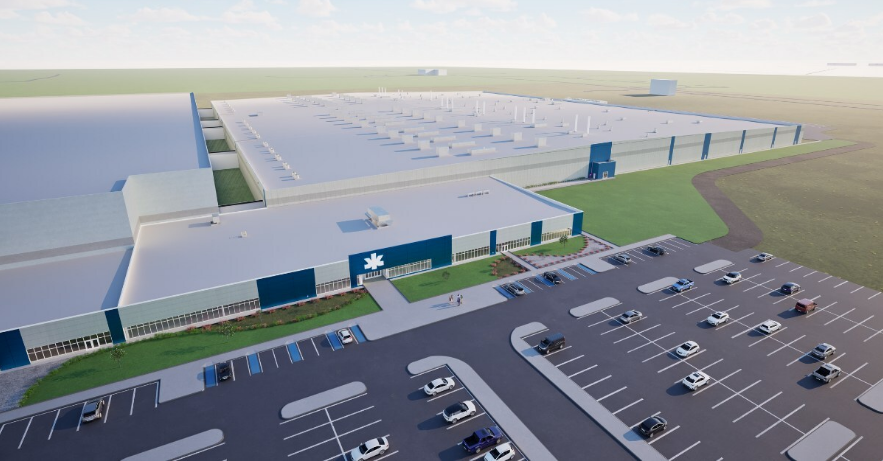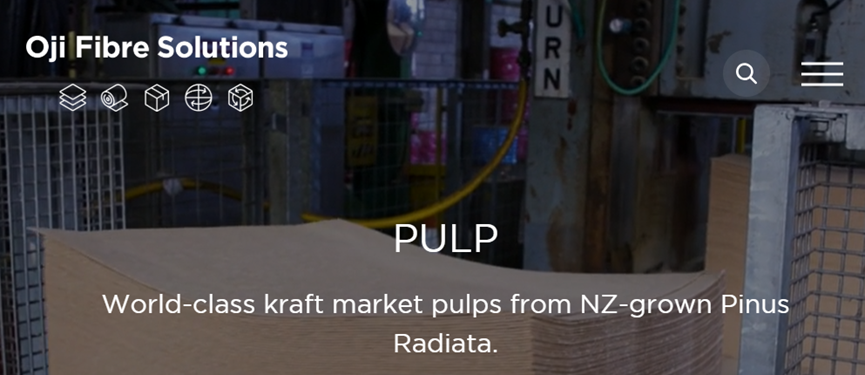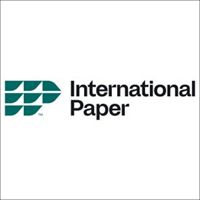

:2023-05-18 Source:resource-recycling.com Category: Industry
Early 2023 presented a challenging business environment for big buyers of OCC and recovered paper, with some mills taking downtime on lackluster paper product demand.
Meanwhile, major mill conversion projects have been coming on-line in the U.S. and are expected to consume large amounts of recovered fiber. The plants are starting up during a time of historically low but gradually rising OCC prices.
Mills take downtime on lower demand
Paper mill companies are reporting that demand remains down for their paper packaging, cutting into profits and leading them to reduce some production.
For example, International Paper (IP) mills in North America continued to take significant downtime for economic reasons during the first quarter. IP is one of the largest downstreams for recovered fiber in North America, purchasing 4.7 million tons of OCC and production scrap on the continent in 2022.
In a recently released financial presentation, the Memphis, Tenn.-headquartered company noted that consumers are focused on non-discretionary spending, and they’re becoming more price conscious. Meanwhile, retailers and manufacturers are reducing their inventories of products. The result is falling prices for corrugated packaging and reductions in box production.
IP’s North American mills idled 421,000 tons of containerboard production capacity during the first quarter for economic reasons (not including maintenance downtime, which occurs regularly). That demand-driven idling was down from 532,000 tons idled in the fourth quarter of 2022 but up from 398,000 tons idled during the third quarter of 2022. Prior to that, there had been no economic-driven downtime for at least the prior six quarters.
Overall, the lower demand for packaging cut into IP’s financial results.
The company’s North American industrial packaging segment, where it recycles post-consumer fiber into products, tallied $3.7 billion in sales during the first quarter, down 2% from the prior quarter and 7% year over year. That segment’s operating profit was $302 million, down 27% from the prior quarter and 25% year over year. (Note: the industrial packaging segment also includes revenue from the sale of recyclables IP doesn’t consume in-house.)
Paper and paper packaging manufacturer WestRock, which consumes about 5 million tons of recovered fiber per year, reported its mills also took economic downtime during the past quarter. WestRock mills idled about 265,000 tons of production capacity, which negatively impacted the company’s adjusted earnings before interest, taxes, depreciation and amortization (EBITDA) to the tune of about $58 million, according to a financial presentation.
Packaging Corporation of America (PCA), which uses over 1 million tons of recovered fiber a year in its packaging products, is also feeling the pinch from lower consumer demand.
“Demand in the Packaging segment was well below our expectations for the quarter,” PCA’s CEO, Mark Kowlzan, said during an April 25 conference call. “The mills and corrugated products plants responded to the lower demand by remaining highly focused on efficient and cost-effective operations as we balanced our supply accordingly.”
Overall, the company’s packaging segment reported $1.8 billion in sales during the first quarter, down 8% year over year, according to a financial report. The segment’s income was $268 million, down 26% year over year.
OCC pricing commentary
Some of the companies also provided insights on recovered fiber prices.
According to the financial presentation, IP reported that first quarter average U.S. OCC costs were up 11% from the prior quarter. But IP’s costs for other inputs fell, some dramatically. For example, prices for natural gas, a lot of which is used to recycle post-consumer fiber, dropped 45% from the fourth quarter of 2022.
The recent gradual rise in OCC has also been reported by huge publicly traded MRF operators. And, according to RecyclingMarkets.net, the mid-May U.S. average for OCC is $43 per ton, which is up 10% from April and up 39% from the first-quarter average.
IP’s perspective on OCC markets is important, because the company is a huge purchaser of the material. The company recently published its 2022 sustainability report, which noted that, globally, 10% of IP’s fiber purchased is recovered material. In North American packaging, specifically, the company averaged 35% recycled content. Of that, 29.1 percentage points were post-consumer fiber.
Graphic Packaging International (GPI), the nation’s largest product of coated recycled paperboard (CRB) and another big purchaser of post-consumer fiber, recently reported on commodity price changes over the past year. On a year-over-year basis, OCC remains way down.
In a financial disclosure document, GPI reported overall costs were higher during the first quarter than they were a year earlier, because of cost inflation in commodities, labor and benefits and other expenses. GPI noted it paid $54 million more for its commodity inputs in the first quarter of 2023 than it did during the prior year’s first quarter.
But lower secondary fiber prices were actually the biggest commodity bright spot for the manufacturer. Recovered fiber cost GPI $21 million less than it did during the first quarter of 2022; however, the benefit of lower recycled feedstock prices was more than offset by higher costs for energy, mill chemicals and paperboard sourced from other manufacturers.
Kowlzan of PCA also said that his company experienced lower year-over-year recycled fiber costs. That being said, PCA’s overall operating costs were higher, mostly because of inflation in chemical, labor and benefits, supply, repair materials and services. Energy costs were also higher year over year.
During a May 11 conference call, Mario Plourde, president and CEO of Kingsey Fall, Quebec-headquartered packaging producer Cascades, said OCC prices during the first quarter were down 76% year over year and down 6% from the fourth quarter of 2022.
“The OCC market was relatively balanced in the first quarter, with limited export activity counterbalancing the lower seasonal generation,” he said, noting that prices have shown a “marginal correction recently to a more normalized level, but remain at historic lows.”
Looking forward, IP foresees slowly rising OCC prices. During an April 27 conference call with investors, Tim Nicholls, IP’s chief financial officer, said executives forecast a “modest increase” in OCC prices during the second half of the year.
That being said, “the whole environment is so fluid and dynamic, it’s going to depend on how it plays out over this quarter and as we go into the third quarter,” Nicholls said.
WestRock is also expecting higher recycled fiber prices in the near-term in the third quarter, but executives at that company are anticipating a 30% drop in natural gas prices and moderately lower prices for virgin fiber, chemicals and freight, according to the company presentation.
During a May 4 conference call with investors, Alex Pease, WestRock’s chief financial officer, said that the company is suspending its practice of giving a specific outlook on OCC pricing, but “we do expect OCC to trend higher as we look to the back half of the year.”
He pointed to new plants opening (see section below) as one reason.
“As this new capacity comes on-line and the demand for OCC goes up, we do anticipate it to trend higher,” Sewell said. “But of course, that could be offset to the extent there’s a weaker demand environment for finished product.”
For its part, Cascades does not anticipate any OCC significant pricing movement in the short term. Factors behind that forecast include low export levels and higher seasonal generation of OCC. According to a company presentation, Cascades’ mills currently have solid inventories of OCC feedstock.
“For the moment, we don’t expect significant movement on the OCC pricing for the coming months,” Charles Malo, chief operating officer of Containerboard packaging for Cascades, said during the company’s recent conference call.
Plants open, close and change hands
Aside from fiber market prices, there’s also been a number of developments with regard to mill openings, closings and sales lately.
GPI is continuing to invest in a new $1 billion Waco, Texas papermill, which was announced earlier this year. The mill will produce up to 550,000 tons of coated recycled paperboard per year. GPI will close three smaller CRB mills, but the project will still increase GPI’s overall production capacity by about 5%.
During the first quarter, GPI invested $181 million total in capital investments, up 45% year over year, with much of that spending going to the Waco construction project.
One of the plants slated for closure is in Tama, Iowa. GPI now plans to close that facility this quarter (second quarter 2023), earlier than previously anticipated. In fact, it was only on Jan. 31 that GPI completed its purchase of the mill from Greif Packaging for $100 million.
During a May 2 conference call, GPI CEO Michael Doss said the company decided to close Tama earlier than previously anticipated because of better-than-expected production from a new CRB machine that has come on-line at GPI’s large Kalamazoo, Mich. mill. That machine has the company’s lowest production costs, in contrast with the older Tama assets.
“Among our recycled paperboard mills, Tama has the smallest capacity and the highest cash production costs per ton,” he said.
For its part, PCA recently announced it will lay off employees and idle a plant in Washington state that recycles OCC.
Meanwhile, other major recycled-content mill projects have come on-line recently.
In April, Domtar completed the conversion of a Kingsport, Tenn. mill from making freesheet paper to containerboard. At full production, that facility will be able to produce over 600,000 tons of recycled linerboard and medium annually.
Cascades on May 2 announced the start-up of its Bear Island mill in Ashland, Va. The mill will produce about 235,000 short tons of 100% recycled linerboard this year, but at full production over the course of a full calendar year, the plant will have a capacity of about 465,000 tons. The facility, which is also the result of a conversion project, is expected to be a significant buyer of bales in the region.
During the conference call, Plourde, CEO of Cascades, said the company is “well positioned” to supply the mill with recovered fiber from the region.
“When we look at the Bear Island where it’s located and the work that has been done with our sourcing group, we started 1.5 years ago to develop some good contact with source of supply,” he said. Cascades has recently announced other closures, however, including permanent shutdowns at plants handling recycled fiber in Oregon and South Carolina. And in early May, the company decided to permanently close down its old No. 2 machine at its Niagara Falls, N.Y. plant, which consumes OCC and recovered paper. That machine had been temporarily shut down since November 2022.
“The machine, amongst the oldest in the Containerboard platform, has a production capacity of 90,000 short tons per year, and would require investments for it to remain competitive,” according to a Cascades release.
Sonoco has recently completed its Project Horizon, which involved converting a corrugated medium machine in Hartsville, S.C., where Sonoco is headquartered, to produce up to 180,000 tons of uncoated recycled paperboard (URB) a year. The mill is now using only recycled fibers, according to Sonoco’s recently published corporate social responsibility report.







